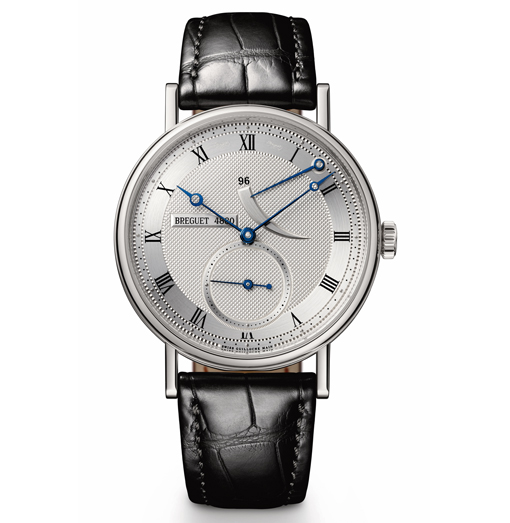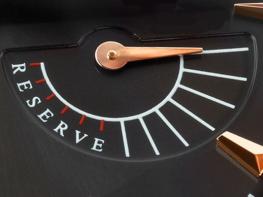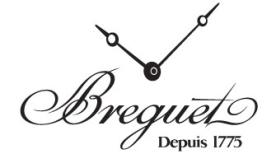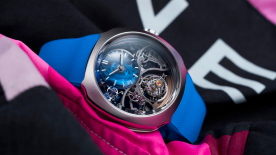Some may claim that their minimum has never been under 72 hours, and a quick glance at their collections confirms the truth of such statements. The same does not however hold true for the vast majority, among which a 42-hour power reserve is standard fare. Customers may have previously accepted this state of affairs, but only because there were no alternatives. When movement production is in the hands of two or three groups and all of them have the same 42-hour power reserve, that kind of benchmark significantly shapes the market as a whole. That part of the industry has thus been operating under what is known as an oligopoly, but times are definitely changing these days.
Gradual evolution
There were only two factors liable to spark a change in this situation: a disruption of this oligopoly; and a modification of demand. It so happens that both these transformations are taking place simultaneously.
On the market side, ETA has announced the imminent end of its deliveries to brands outside the group, which means other stakeholders are getting involved, and in doing so are showing themselves willing to review the entire set of movement technical specifications – starting with the power reserve. Breitling has set a minimum 70-hour threshold on its in-house calibres, Oris aims for 10 days and TAG Heuer targets 80 hours. Hautlence is definitely part of this trend, as its CEO, Guillaume Tetu confirms: “our future models will all have at least a 70-hour power reserve”. One quite naturally thinks of the developments that the young Hautlence company might undertake with its sister company, H. Moser & Cie., which currently offers a generous seven-day power reserve. “That is indeed the kind of rapprochement we could well envisage”, says Guillaume Tetu with a smile.
As far as customers are concerned, things have also changed. They are no longer prepared to spend 40,000 Swiss francs on a model that will barely run 40 hours without stopping! The message has apparently been heard in almost all market segments. Perhaps a little too loud and clear, as in the case of A. Lange & Söhne and its 31 days, or Hublot with the 50 days of its MP05.

In this respect, Carole Forestier-Kasapi, Director of movement development for Cartier Haute Horlogerie, reminds us: “We must be careful about distinguishing between common sense in terms of pure performance, and aspects relating to talking pieces. Merely multiplying barrels is always an option, but when you are creating a model intended for daily use and governed by a minimum of aesthetic considerations and technical common sense, you can’t just do whatever you feel like.” Richard Mille concurs, pointing out that “What really counts is ensuring the overall coherence of the project. On a model such as the Nadal watch, we were looking for absolute minimum size and weight, which are scarcely compatible with maximum power reserve. You have to make situation-related decisions.”

Magic formulae
Such aforementioned power-reserve “Formula 1” models are indeed interesting, but not enough to meet the very real market expectations – which is where a Blancpain 12 Day model proves its relevance. Independent firms that are less subject to the pressures of industrialisation had indeed pioneered this field: a Speake-Marin Resilience has a four to five-day power reserve, a Julien Coudray 1518 Manufacture runs for 60 hours, and a Laurent Ferrier Galet Classic for at least 80 hours.
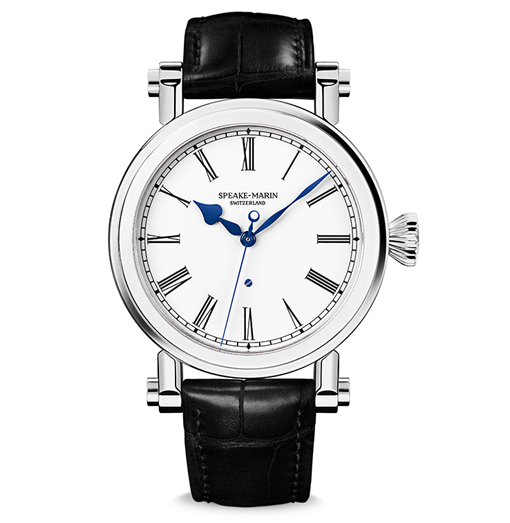
Admittedly, most of these younger firms have had the opportunity (and the required boldness) to create their own in-house calibres. Yet reaching the power-reserve ‘holy grail’ need not imply a complete break with existing models. There are several means of optimising the architecture of a movement so as to boost its autonomy.
For example, Eterna has placed its barrel on a ball-bearing mechanism as part of its patented Spherodrive principle. This means the movement loses less energy and can achieve an eight-day power reserve.
Breguet takes another approach, since the Manufacture has chosen to focus on the barrel-spring. In 2012, the movement of the Classique watch was equipped with a new stainless steel version of this component, delivering extremely high mechanical performances. This patented material serves to store energy within the same amount of space, significantly raising the power reserve of the reference 5277 model from 75 hours to 96.
